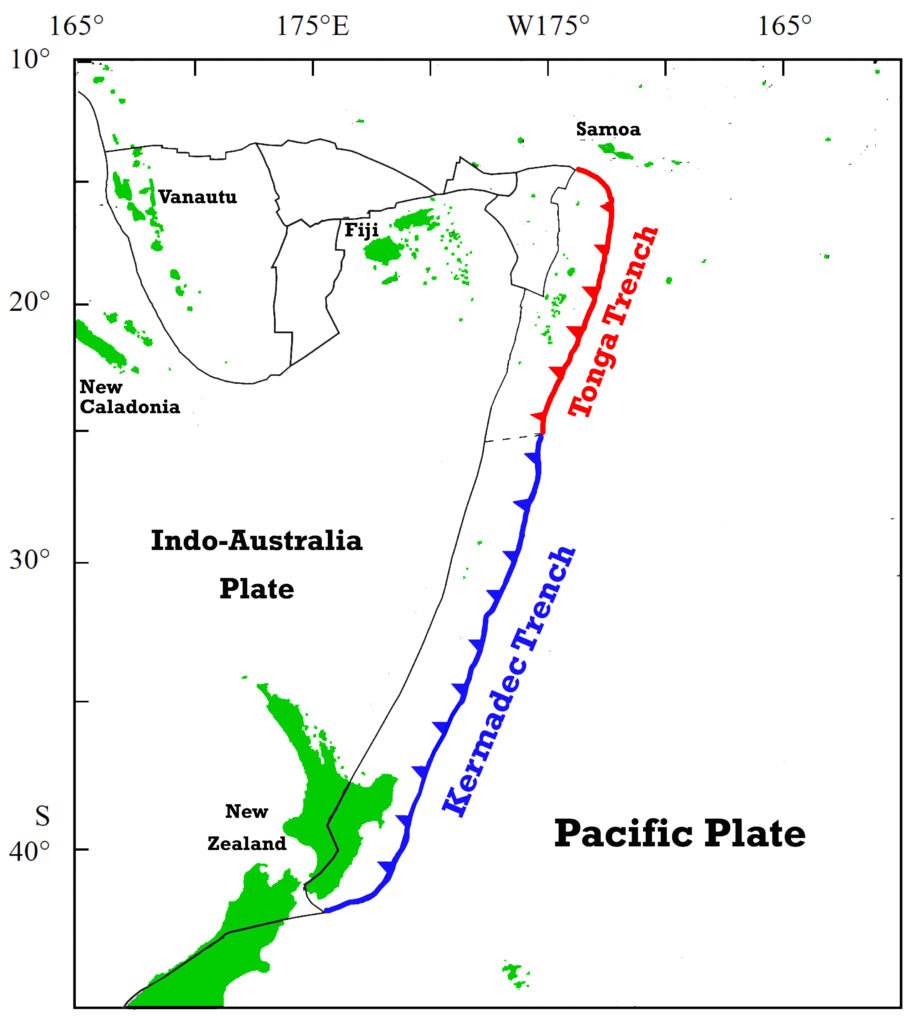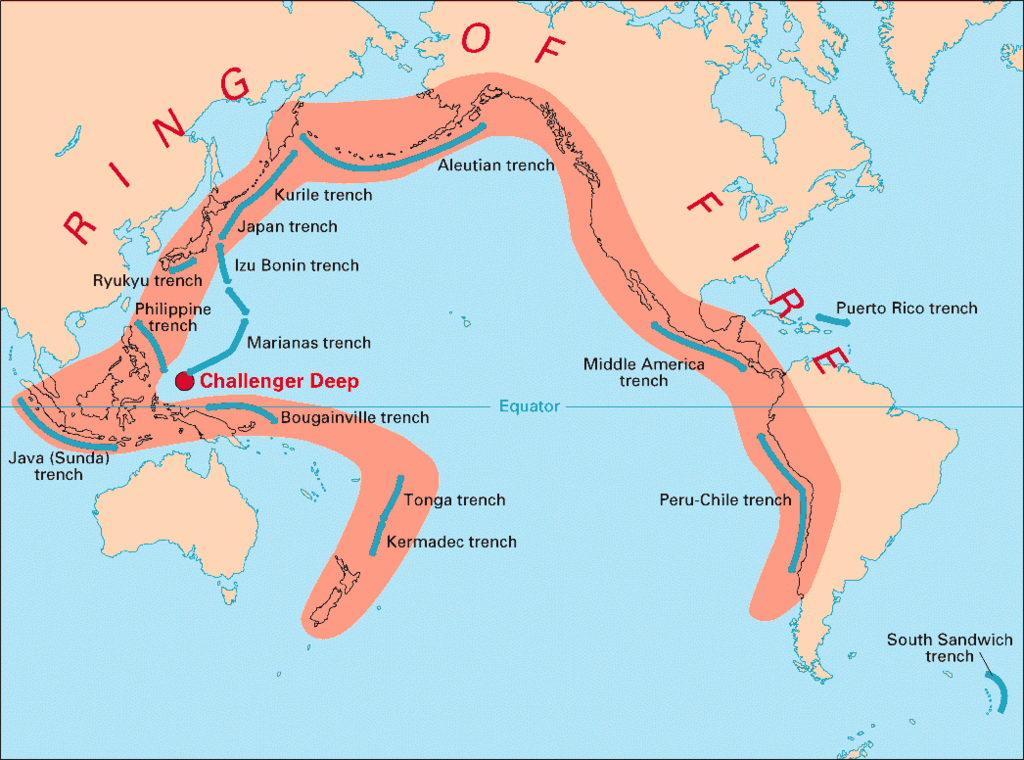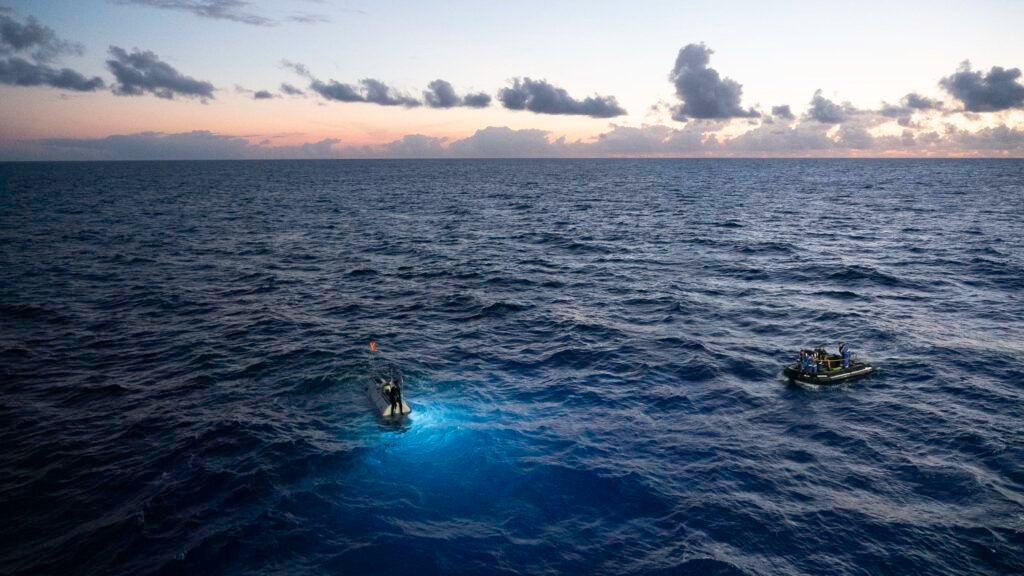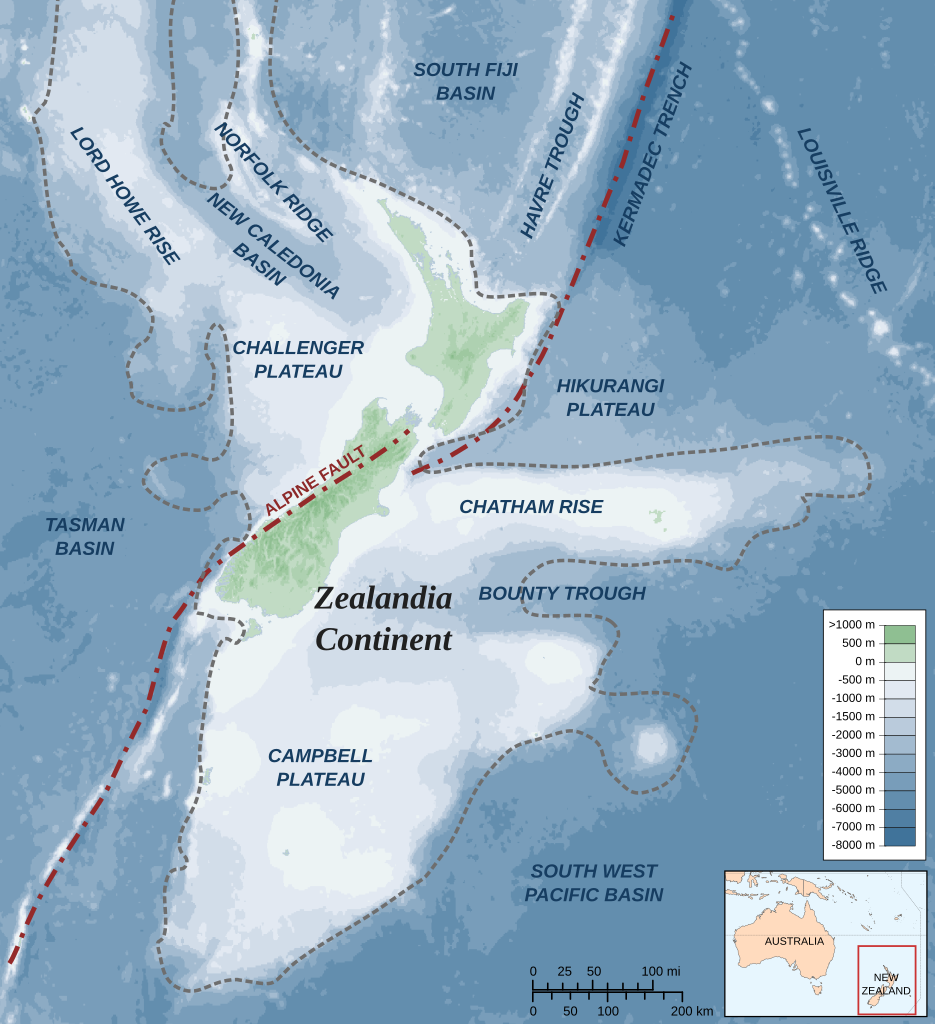The ocean, covering more than 70% of our planet’s surface, remains one of the least explored areas on Earth. Despite advances in technology, there are still mysteries lurking beneath the waves, especially in the deep sea trenches that few have ventured into. These underwater chasms hold secrets of the past, unique ecosystems, and host some of the most remarkable and adaptive life forms known. Join us as we dive into the depths to uncover the mysteries of the ocean’s most remote and unvisited trenches.
The Abyssal World: An Overview

The abyssal zone of the ocean encompasses depths between 3,000 and 6,000 meters. It’s a dark, cold, and high-pressure environment that is inhospitable to most life forms. Yet, it is here that the ocean’s trenches are found, deep fissures plunging even further into the Earth’s crust. These trenches offer a window into the planet’s geological activity and are critical in understanding tectonic movements and biogeochemical cycles.
The Mariana Trench: Earth’s Deepest Point

Located in the western Pacific Ocean, the Mariana Trench is the deepest part of the world’s oceans. At its nadir, known as the Challenger Deep, the trench reaches a staggering depth of about 36,000 feet. It was first explored by a manned mission in 1960 and more recently revisited in 2012 by filmmaker James Cameron. The trench’s extreme conditions pose significant challenges, yet it remains a focal point for scientific research, offering insights into life’s adaptability and the Earth’s geological history.
Kermadec Trench: A Biodiverse Haven

North of New Zealand lies the Kermadec Trench, one of the deepest and unexplored trenches of the Pacific Ocean. Unlike the largely desert-like deep plains, the Kermadec Trench is teeming with life. Recent explorations have unveiled a surprising diversity of organisms, some of which are likely undiscovered species. Understanding this biodiversity is crucial for marine biologists seeking to comprehend how life can thrive under extreme pressure and absence of sunlight.
Atacama Trench: A Window into Seismic Activities

The Atacama Trench, located off the coast of Chile and Peru, plays a significant role in South America’s seismic activity. By studying this trench, scientists aim to better understand the mechanisms behind earthquakes and tsunamis in the region. Recent exploration efforts have also focused on the startling adaptation of fauna that survives in its depths, shedding light on ecological processes in one of the longest and deepest trenches in the Pacific Ocean.
Puerto Rico Trench: The Atlantic’s Deepest Abyss

Stretching from the Dominican Republic to Puerto Rico, the Puerto Rico Trench is the Atlantic Ocean’s deepest point. With its complex geological structure, the trench is an area of interest for understanding the forces shaping the Earth’s crust. It also presents a unique ecological system, with specialized organisms that have evolved to withstand its intense conditions, offering clues to evolutionary biology.
Java Trench: Mystery of the Indian Ocean

The Java Trench, also known as the Sunda Trench, is located in the eastern Indian Ocean. It has intrigued scientists due to its geologically active setting, leading to frequent tectonic activity. The trench is significant in the study of plate tectonics and has been a site for understanding the dynamics leading to major earthquakes, like the devastating 2004 Indian Ocean earthquake and tsunami.
Hikurangi Trough: Earth’s Dynamic Interface

New Zealand’s Hikurangi Trough is not a trench in the classical sense but functions similarly as a subduction zone. It provides invaluable insights into the processes that govern plate tectonics, particularly how oceanic plates interact with continental plates. Studying the Hikurangi Trough improves our understanding of seismic hazards and potential earthquake risks in populated coastal regions.
Curious Lifeforms: Adapting to the Abyss

The ocean trenches are home to some of the most specialized life forms on the planet. With limited food sources and extreme pressures, species like the snailfish and various bioluminescent organisms have evolved unique adaptations. These adaptations provide valuable knowledge about biological resilience and potential applications in biotechnology and medicine.
The Role of Technology in Deep-Sea Exploration

Modern technology has paved the way for deeper and more detailed ocean exploration. Remotely operated vehicles (ROVs), autonomous unmanned underwater vehicles (AUVs), and cutting-edge sonar mapping have allowed scientists to probe the unfathomable depths of ocean trenches. These tools have revolutionized our understanding of the ocean’s vertical plane, revealing features and ecosystems that were previously unknown.
Conservation Challenges: Protecting the Abyss

With growing interest in deep-sea mining and marine resource exploitation, the trench ecosystems face potentially destructive human activity. Understanding these remote areas helps formulate conservation strategies to protect fragile ecosystems and ensure sustainable interactions with oceanic environments.
Conclusion: Unveiling the Ocean’s Greatest Mysteries

The ocean’s trenches represent areas of both great mystery and scientific opportunity. As our exploration technologies advance, so does our ability to understand these remote and mysterious environments. By studying the unvisited trenches, we enrich our knowledge of Earth’s geological history, enhance our understanding of life under extreme conditions, and highlight the importance of protecting these pristine habitats for future generations. As the final frontier on our planet, the deep ocean continues to intrigue and challenge us, holding secrets that can reshape our comprehension of the natural world.




